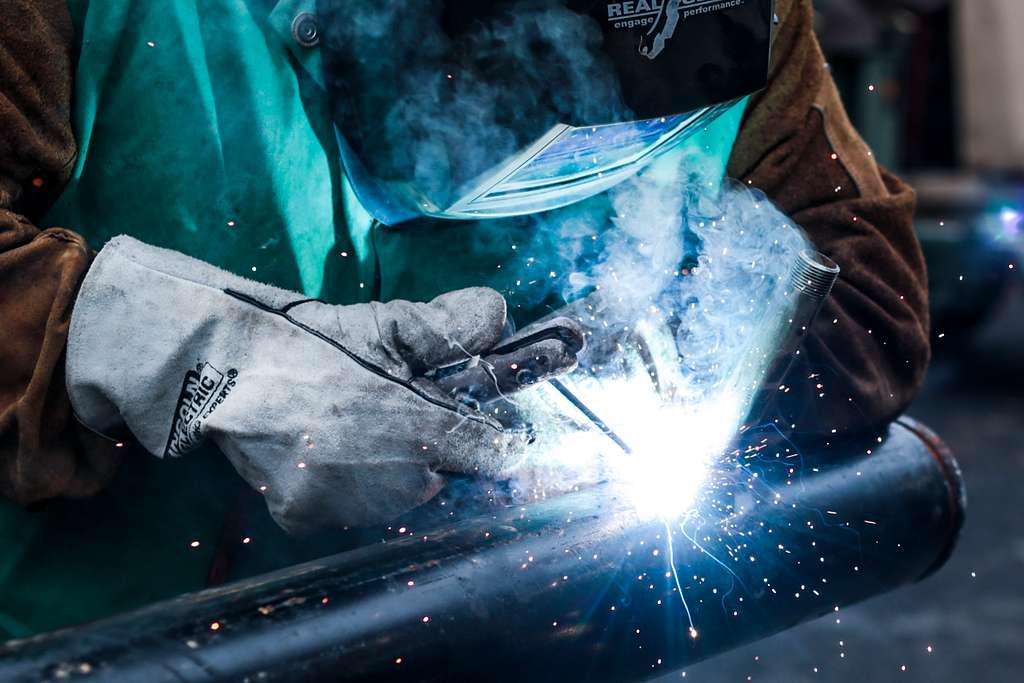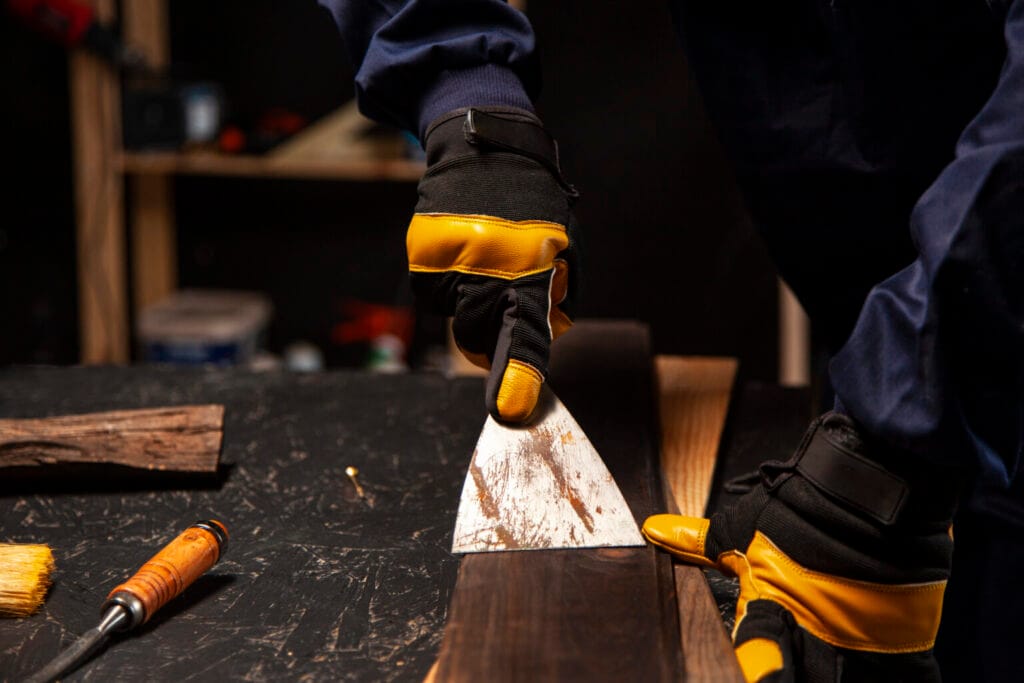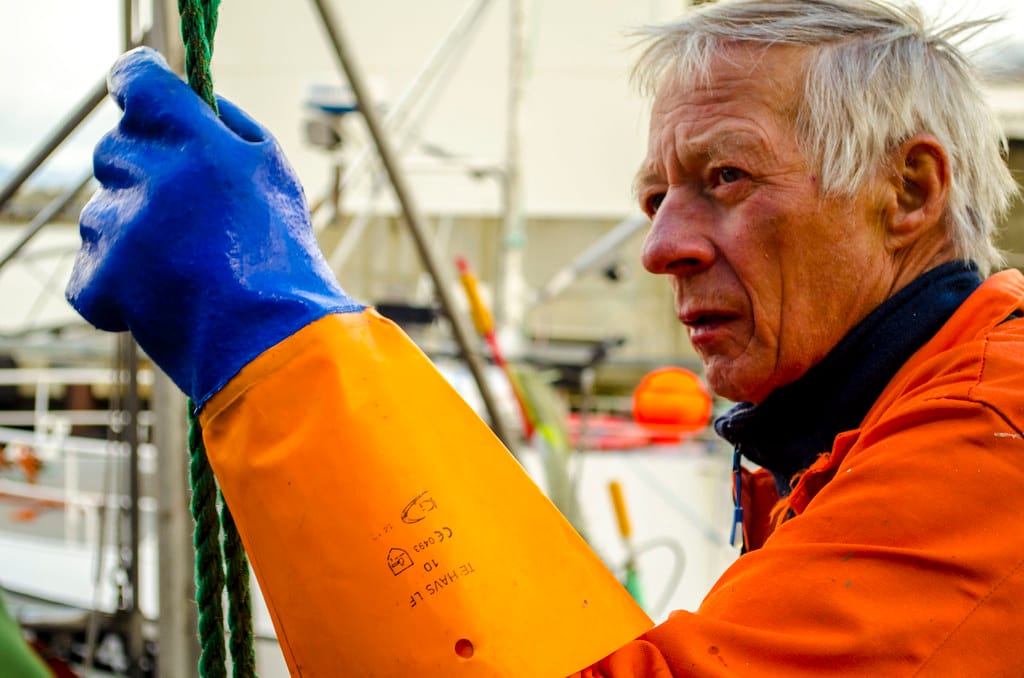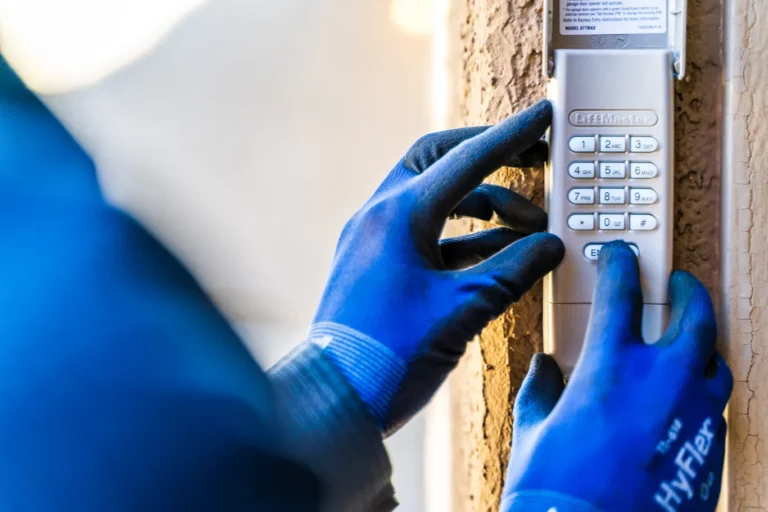
Insulation Materials Compared: Thinsulate™, PrimaLoft®, Wool, Down, Graphene & More
When selecting insulated workwear, choosing the right insulation material can dramatically impact your team’s comfort, productivity, and safety.
But with options like Thinsulate™, PrimaLoft®, wool, down, and emerging materials like graphene, how do you pick the best one?
Let’s dive into each insulation type—comparing warmth, breathability, durability, cost-effectiveness, and practical suitability for workplace scenarios.
1. Thinsulate™ (3M)
Overview: Lightweight synthetic insulation, designed to mimic down without losing performance when wet.
| Strengths | Limitations | Ideal Work Environments |
|---|---|---|
| Excellent warmth-to-thickness | Moderate breathability | Construction, utilities, automotive |
| Retains heat when damp | Slightly pricier than basic synthetics | Oil & gas, fishing vessels |
| Easy to launder | Moderate durability in heavy wear | Warehouses, logistics |
Buyer Tip:
200–400 g Thinsulate™ ideal for outdoor crews working in –10°C to –30°C conditions.
2. PrimaLoft®
Overview: Premium synthetic insulation, superior wet performance, and excellent breathability.
| Strengths | Limitations | Ideal Work Environments |
|---|---|---|
| Superior moisture resistance | Higher cost than Thinsulate™ | Marine, offshore, damp climates |
| Excellent compressibility & loft retention | Not fully FR by default | Food processing, cold storage |
| Quick-drying, lightweight | May need additional shell protection | Agricultural cold storage, warehousing |
Success Story:
A Scottish offshore oil rig switched to PrimaLoft® jackets, cutting garment drying time by 60%, significantly improving workers’ comfort.
3. Wool Insulation (Merino & Felted)
Overview: Natural fiber insulation known for comfort, odor-resistance, and moisture control.
| Strengths | Limitations | Ideal Work Environments |
|---|---|---|
| Natural thermal regulation | Heavier when wet, slower drying | Forestry, farming, outdoor markets |
| Odor-resistant, antimicrobial | Moderate abrasion resistance | Construction offices, cold retail |
| Sustainable & renewable | Pricier than synthetic options | Organic food handling |
Practical Insight:
Wool mid-layers popular among construction supervisors; odor-resistance and comfort allow extended use between washes.
4. Down Insulation
Overview: Natural insulation with exceptional warmth-to-weight ratio for extreme cold.
| Strengths | Limitations | Ideal Work Environments |
|---|---|---|
| Highest warmth-to-weight ratio | Loses loft when wet | Dry, very cold sites (–25°C or colder) |
| Highly compressible | Requires careful laundering | Arctic exploration, mining camps |
| Lightweight & comfortable | Poor flame resistance | Research stations, high-altitude sites |
Buyer Alert:
Down insulation unsuitable for wet or FR-required tasks; best for stationary work in dry cold climates.
5. Graphene-Enhanced Insulation
Overview: New tech combining synthetic fibers with graphene for superior heat retention, durability, and moisture wicking.
| Strengths | Limitations | Ideal Work Environments |
|---|---|---|
| Superior heat retention & transfer | Currently expensive & limited supply | High-tech manufacturing, aerospace |
| Highly durable, antimicrobial | Limited suppliers & options | Electronics assembly, pharma storage |
| Ultra-lightweight | Emerging tech—less field-proven | Advanced laboratories, cleanrooms |
Client FAQ:
“Is graphene insulation worth the cost now?”
A: Consider for specialized, high-value workers where superior performance justifies premium cost.
Insulation Material Summary (Quick Comparison Table)
| Insulation Type | Warmth | Wet Performance | Durability | Breathability | Cost Level |
|---|---|---|---|---|---|
| Thinsulate™ | ★★★★☆ | ★★★★☆ | ★★★☆☆ | ★★★☆☆ | Moderate |
| PrimaLoft® | ★★★★☆ | ★★★★★ | ★★★★☆ | ★★★★☆ | Mid-high |
| Wool | ★★★☆☆ | ★★★☆☆ | ★★★☆☆ | ★★★★☆ | Mid-high |
| Down | ★★★★★ | ★☆☆☆☆ | ★★☆☆☆ | ★★★★★ | High |
| Graphene | ★★★★★ | ★★★★★ | ★★★★☆ | ★★★★★ | Premium |
How to Choose the Right Insulation: Buyer Checklist
- [ ] Define site conditions: wet, dry, variable?
- [ ] Determine activity intensity: static vs. dynamic tasks?
- [ ] Evaluate required warmth level (CLO/GSM)
- [ ] Consider insulation durability & expected garment life
- [ ] Factor in laundering conditions (industrial vs. domestic)
- [ ] Budget constraints vs. ROI (productivity & injury reduction)
Common Procurement Questions (Addressed)
Q: "Which insulation is best for frequently wet outdoor jobs?"
A: PrimaLoft® or Thinsulate™ are your best synthetic options for sustained wet conditions.Q: "Do workers complain about wool’s feel or heaviness?"
A: High-quality Merino wool minimizes itchiness and heaviness; use as base or mid-layer, not outer insulation.Q: "How to handle down gear laundering?"
A: Requires special detergents and low-temp drying. Ensure maintenance is feasible before specifying.Q: "Is graphene-enhanced insulation ready for widespread adoption?"
A: Currently best suited for high-value, specialized use due to cost and limited suppliers.
Conclusion
Selecting the right insulation for workwear involves matching material performance to site conditions, budget, and maintenance capability. Synthetic options (Thinsulate™, PrimaLoft®) deliver reliability in diverse conditions, wool excels in comfort and sustainability, down provides unmatched warmth in dry cold, and graphene leads in cutting-edge performance.
Choose wisely—your workers’ comfort, safety, and productivity depend on it.
Need help deciding or trialing insulation types for your crew?
Email: [email protected]
Website: www.workwearsolutions.net
Zion Zhang
Recent Posts
 Heat-Resistant Gloves: EN 407 Ratings and Industrial Applications2025年8月2日Working in high-temperature environments without the right […]
Heat-Resistant Gloves: EN 407 Ratings and Industrial Applications2025年8月2日Working in high-temperature environments without the right […] Chemical-Resistant Gloves: Choosing the Right Material for Every Hazard2025年8月2日Working with chemicals without the correct gloves can lead […]
Chemical-Resistant Gloves: Choosing the Right Material for Every Hazard2025年8月2日Working with chemicals without the correct gloves can lead […] Cut-Resistant Gloves: Levels Explained (ANSI A1–A9 & EN 388)2025年8月2日Cuts and lacerations are still one of the top causes of […]
Cut-Resistant Gloves: Levels Explained (ANSI A1–A9 & EN 388)2025年8月2日Cuts and lacerations are still one of the top causes of […] Anti-Vibration Gloves: Do They Really Reduce HAVS Risk?2025年8月2日Workers using tools like chainsaws, grinders, or […]
Anti-Vibration Gloves: Do They Really Reduce HAVS Risk?2025年8月2日Workers using tools like chainsaws, grinders, or […] Electrical Insulating Gloves: Understanding ASTM D120 & IEC 60903 Standards2025年8月2日Working around live electricity without proper gloves is a […]
Electrical Insulating Gloves: Understanding ASTM D120 & IEC 60903 Standards2025年8月2日Working around live electricity without proper gloves is a […] Impact-Resistant Gloves: ANSI/ISEA 138 Explained2025年8月2日Crush injuries, finger fractures, and severe bruising are […]
Impact-Resistant Gloves: ANSI/ISEA 138 Explained2025年8月2日Crush injuries, finger fractures, and severe bruising are […]
CONTACT US
- Feel free to contact us any time. We will get back to you as soon as we can!
- +86-17330061805
